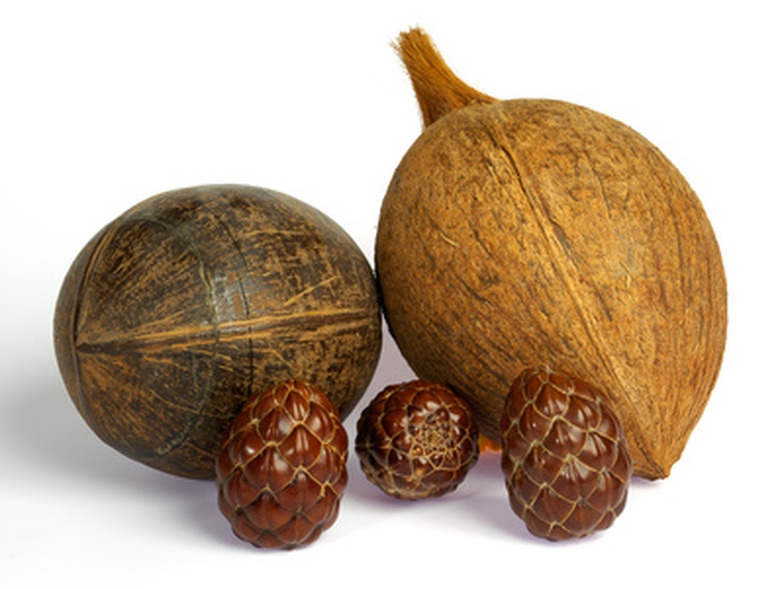Peat Moss Substitutes
Peat moss is a popular organic material used to lighten heavy soils and help sandy ones hold moisture and nutrients. It is, however, somewhat expensive, acidic, difficult to wet when dry and produced from bogs that are damaged in the process. Alternatives to peat moss include locally abundant organics such as ground bark and imported substances such as coir, produced from coconut fibers.
Compost
Use homemade or bagged compost, the partially decayed remains of vegetables, leaves, straw and other materials, to improve the soil. It decays more quickly than peat moss, but the end product, a sticky substance called humus, can bind clay particles together and hold both water and nutrients. Bagged compost may be somewhat expensive, but homemade compost costs little besides your labor.
Ground Bark
Finely ground bark is often used in potting mixes for plants such as orchids that need a fast draining soil. It is a good all-purpose soil amendment, slow to decay and also suitable for applying as mulch. If you dig it into the soil, add a light dose of nitrogen fertilizer to avoid nitrogen deficiency as it decays.
- Peat moss is a popular organic material used to lighten heavy soils and help sandy ones hold moisture and nutrients.
- It decays more quickly than peat moss, but the end product, a sticky substance called humus, can bind clay particles together and hold both water and nutrients.
Steer Manure
Bagged, sterilized manure is suitable for digging into soil as an amendment. It contains small amounts of nitrogen that will give your new plants a boost to get them started. Chicken manure is also suitable, but can be so high in nitrogen that it burns small roots on contact and is best used as a fertilizer with an organic matter component.
Coir
Coir is the short fibers and dust produced as a by-product of producing materials from coconut fiber. It is shipped from India, the Philippines, Central America and other tropical areas. Its water holding capacity is excellent, is has some natural minerals to contribute to the soil, potassium in particular, and it is resistant to decay. It is also more expensive than peat, primarily due to shipping costs. One advantage coir has over peat is that it is much easier to wet when dry, making it more suitable as a mulch.
- Bagged, sterilized manure is suitable for digging into soil as an amendment.
- Chicken manure is also suitable, but can be so high in nitrogen that it burns small roots on contact and is best used as a fertilizer with an organic matter component.
Sawdust
Sawdust is often cheap and readily available and can be used as a substitute for peat if several factors are considered. First, some woods, cedar, walnut and redwood among them, are toxic to plants and must be avoided. Second, sawdust is very low in nitrogen and the microorganisms that break it down will take nitrogen from the soil to do this, resulting in temporary nitrogen deficiency. If you add extra nitrogen when you incorporate sawdust into your soil you should have no problem with this.
